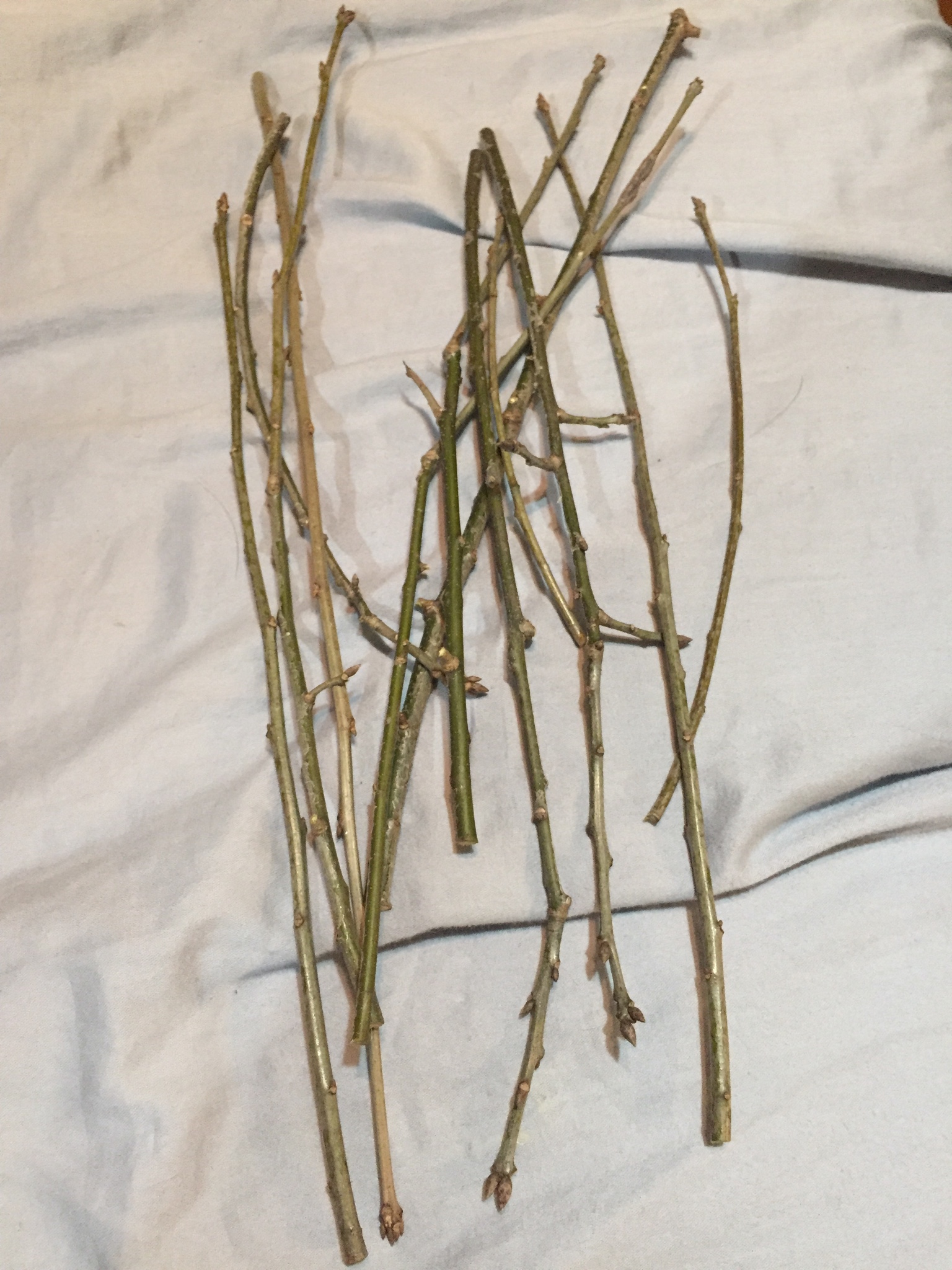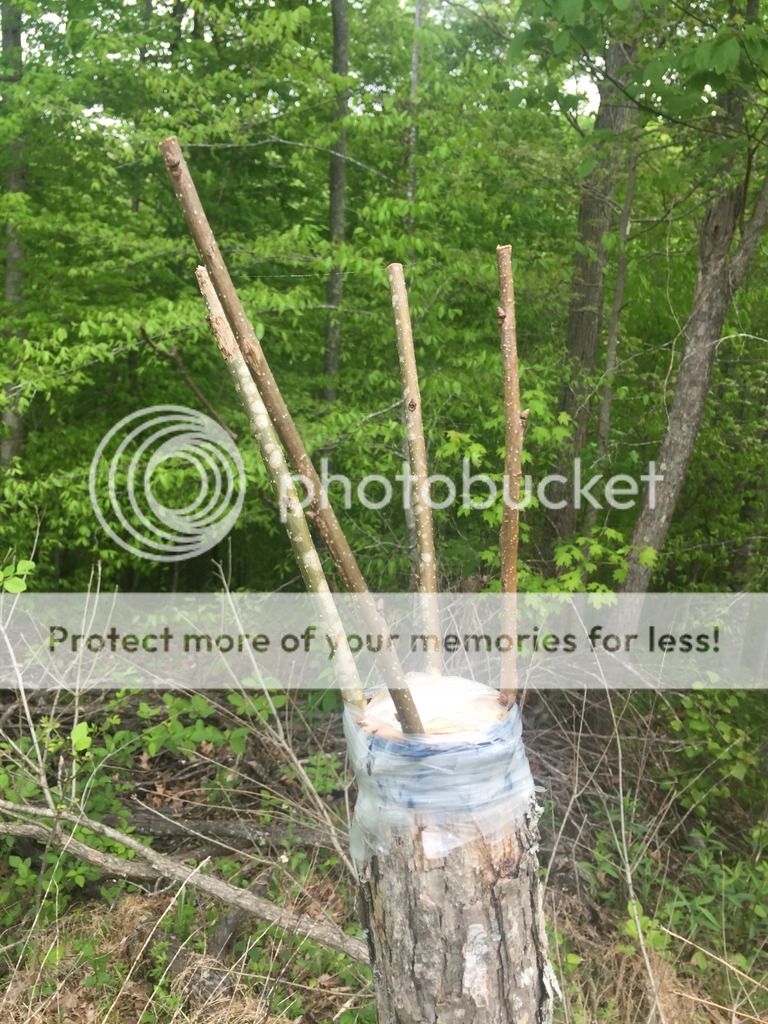This may help.
https://www.internationaloaksociety.org/content/book-review-bench-grafters-handbook
"In the introduction the author clearly defines what this book is about: “the fusion of skills and knowledge involved in grafting temperate woody plants.” Bench grafting is the term used for any grafting not carried out in the field.
Since starting his working career in 1954, Brian Humphrey has worked for the renowned Hillier Nurseries and Notcutts Nurseries in Great Britain. Now retired and living in coastal Suffolk, England, Brian has compiled his life-long experience in all aspects of grafting trees and shrubs in a 638-page volume. A book for study as well as a great reference for all who want to learn about grafting or gain deeper knowledge of the craft. The paperback is large and quite a handful, but it opens very well and is easy to use and makes comfortable reading.
The book is divided into eight parts covering different aspects of grafting, from background knowledge (“Why Grafting?”) to a most useable checklist with details of more than 200 genera, encompassing over 2,000 species, varieties, and cultivars.
In Chapter 12 (“Compatibility”, in Part Three: “Achieving the Union”) the author is not afraid to touch on the bias against the use of grafts: “Several genera with known compatibility problems present a particular challenge,
Quercus being a prime example.” Most interesting is to read about his thoughts on how future investigation may reveal the mysteries of this problem. Recognizing incompatibility, causes of incompatibility, predicting incompatibility, and strategies to overcome incompatibility are all clearly dealt with.
Unusual grafting techniques and suggestions are offered to overcome this incompatibility problem. One of them involves hybrid seedlings as rootstocks. Another technique described is double-working, which, according to the author, has particular relevance for
Quercus. In this technique, a portion of inter-stem is grafted to the rootstock, then scion is grafted to the inter-stem. As an example, Brian describes his limited but promising success in grafting
Q. lamellosa to
Q. myrsinifolia. He suggests that the success may be due to the particular characteristics of the
Q. myrsinifolia rootstock used, and that this plant could be vegetatively propagated to create a mother-plant that would in turn provide inter-stems for grafting
Q. lamellosa on
Q. myrsinifolia using the double-working technique. Although the success was only one of very few in a trial batch, the result could be a big step forward in finding ways to overcome the difficulties of grafting
Quercus in subgenus Cyclobalanopsis. He is probably the first to ever have been successful in grafting species of oaks within this subgenus!
Chapter 19 is about the role of grafting in conservation. Not only for plants of interest in cultivation but also for naturally occurring species, subspecies, and natural hybrids. An example given is grafted
Magnolia omeiensis from a range of genotypes that are due to be planted back on Mount Omei in China to supplement those in existence on the mountain.
Chapter 49 (in Part Seven: “Genera-Specific Requirements”) is about the genus
Quercus (as the author states: “the most challenging of temperate genera to achieve long-lasting compatible graft unions
”). In 11 pages (only the chapter on
Rhododendron extends to more pages—18!) all aspects about grafting oaks are presented: for each subgenus and section, the author recommends what rootstock to use for which species. In addition, the appropriate season for grafting, grafting methods, type of scion wood, and physiological and environmental factors, are all clearly dealt with and practical information is provided. Although mentioned in chapter 4, but not specifically for
Quercus, I missed in this overview the aspect of grafting as low as possible (at or below the hypocotyl). The objective being that when planted deep (with the graft union planted beneath the soil) the scion will start rooting and eventually will develop into a tree growing on its own roots, thus overcoming delayed incompatibility.
Throughout the whole book photographs and line drawings accompany the text. The book ends with a plant index, a subject index, and an extensive bibliography of works cited that elicits respect for the enormous amount of work the author went through to compile this handbook. To summarize: this book will certainly be a long-term standard reference book for all who are propagating by grafting and for all who show an interest in grafting and want to know more about this subject! "


